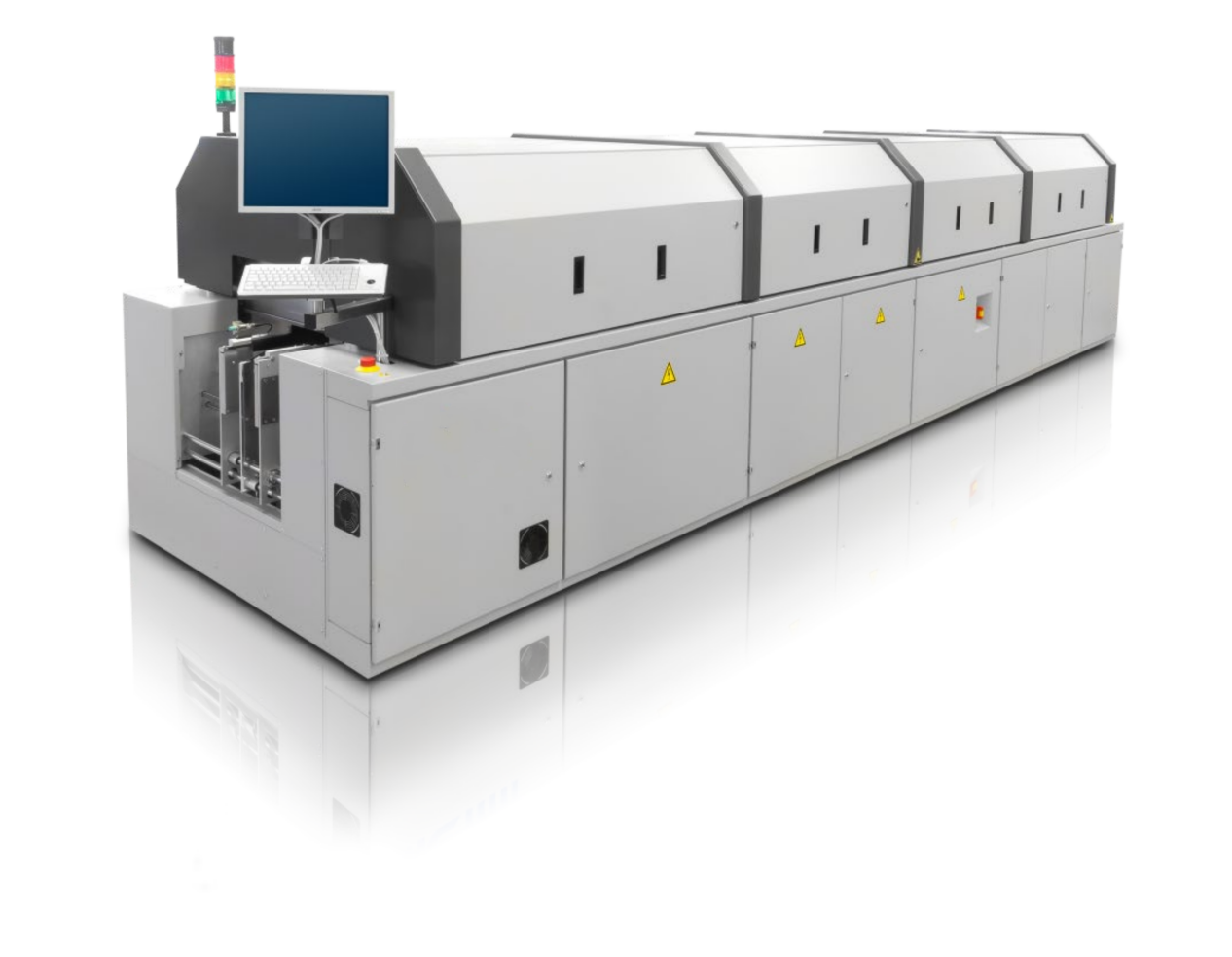Common troubleshooting and technical requirements for reflow welding machines
Release time:2024-04-28Publisher:Jeenoce
For the repair of reflow soldering machine faults, reflow soldering machine suppliers generally focus on diagnosing equipment faults and then replacing the small accessory units they can provide. Users of reflow soldering machines focus on timely repair of the equipment to ensure uninterrupted operation, and then purchase small accessory units for replacement. Below is a sharing of common troubleshooting and requirements for reflow soldering machines by JEENOCE.

The following are the maintenance of common faults in three types of reflow welding machines
1. The conveyor belt speed of the reflow welding machine is unstable
Cause of malfunction: The carbon brush of the DC speed control motor is worn and there is too much carbon powder
Solution: Replace the carbon brush and clean the carbon powder.
2. The furnace temperature of the reflow welding machine is not constant and has random fluctuations
Cause of malfunction: On the control board, the temperature analog signal is converted into a digital signal, which is amplified by the IC (6N137) and generates a noise signal.
Solution: Replace IC (6N137)
3. The temperature display of the reflow soldering machine is normal, but the solder paste does not reflow
Cause of malfunction: The heater fan does not rotate. Due to the motor being broken and short circuited, switches # 34 and # 35 tripped.
Solution: Replace the motor and reset the switch.
Requirements for repair technicians of reflow welding machines
The quality of repair technicians for reflow welding machines is very important, and they should have knowledge in mechatronics, automatic control, computer, and other aspects. SMT equipment is a highly automated control equipment, and the technology used is relatively advanced in the world. Therefore, another quality of maintenance personnel is to accept new knowledge and technology quickly.
Reflow welding machine maintenance technicians should have at least the necessary tools: a multimeter, oscilloscope, IC data, or the ability to access relevant information online in real-time. Generally, do not expect to have circuit diagrams for various control boards, driver boards, etc. with the machine. You can only rely on your own analysis and drawing partial circuit diagrams to analyze the control circuit and identify problems.

